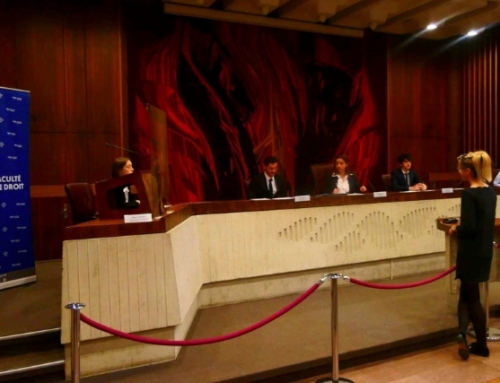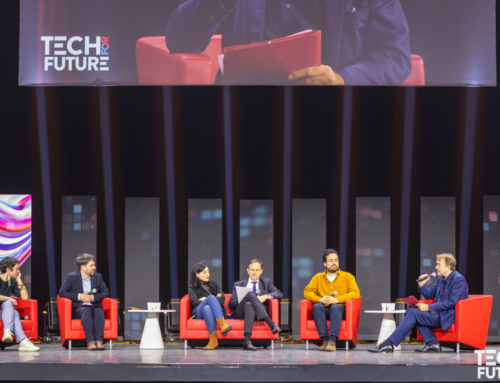The educational revolution we are experiencing calls for major changes. The needs are no longer the same, but the possibilities offered by digital technology are infinite. But we still need to use the right tools, and feel comfortable with the sometimes profound revision of our teaching methods.
Why not take a look at what teachers now have at their disposal to prepare their new-format lessons ?
More and more frequently, educational teams are offered turnkey kits for producing their own video content. These solutions, offered by EdTech players and selected by higher education establishments, facilitate the production and distribution of quality video content. The kits include all the equipment needed for proper recording and dynamic broadcasting tools, facilitating the use of a new format that every sector is seeking to master: video. Increasingly, video is becoming an indispensable teaching tool, all the more so as it is the format most consumed by the new generation: according to a Cisco study, 82% of Internet traffic will be devoted to video by 2022.
Transforming a classroom course into a distance learning course is neither easy nor automatic. The environment and perceptions are no longer the same, so you have to adapt. The health crisis of 2020 has encouraged the development of new course formats, delivered synchronously or asynchronously, for which video is an essential medium.
To produce these new-style courses and maintain the quality of the content, you need the right equipment. The video capture kits available today offer sound and image capture, integrated control room, and multi-stream feed, enabling both the teacher’s image and that of the course material to be captured, as well as simple mixing, encoding, broadcasting and recording.
According to a study on the pedagogical use of video carried out by Ubicast among French public higher education establishments, 86% of them have a video platform, whether POD, Ubicast, YouTube, Vimeo or an in-house solution.
What if the goal was to create interest and interactivity ?
Video capture kits can be used to digitize courses, create dynamic, interactive content and optimize videoconferencing to ensure that lessons are transmitted in the best possible conditions. Retranscribing courses with quality content is essential to captivate the audience, who are more likely to be distracted in a distance learning environment.
To meet this challenge, some solutions offer the option of integrating multiple streams and different angles of capture. Whether it’s a live or pre-recorded broadcast, this helps to energize the course and capture students’ attention.
In addition, some solutions include broadcasting platforms that can be integrated into LMS*, enabling the creation of quizzes and questionnaires, and thus engaging interaction with the learner. With the option of responding to surveys or any other type of request, notably via a mobile application, the student actively participates in the course and becomes a player in his or her own learning.
*Learning Management System
Video supports bring flexibility
Today, we’re reshaping the space-time of teaching: to learn, it’s no longer necessary to be in the same place and/or at the same time. To optimize this flexibility, certain capture devices offer simple, transportable solutions that facilitate user mobility. In particular, this facilitates hybrid forms of learning, with students present in class and others connected remotely. These devices enable both streaming and video production, which can then be hosted on the school’s video platform.
Over the past few months, students and teachers alike have experienced classes that are often difficult to follow and difficult to give. Many students find it hard to maintain a high level of motivation, and like their teachers, they’re eager to get back into the classroom, so they can finally find their bearings, and above all, a level of interaction often lost in the meanders of Zoom.
If 100% distance learning courses sometimes lose their effectiveness, this is also due to the fact that their supports are not always adapted. These video capture kits, aimed at teachers as well as anyone wishing to share their knowledge, respond to these issues and to the challenges of digital transformation in higher education.
What about the quality of a good video ?
Read our article on gamification of learning.






